An Integrated Genome-wide CRISPRa Approach to Functionalize lncRNAs in Drug Resistance
- PMID: 29677511
- PMCID: PMC6061940
- DOI: 10.1016/j.cell.2018.03.052
An Integrated Genome-wide CRISPRa Approach to Functionalize lncRNAs in Drug Resistance
Abstract
Resistance to chemotherapy plays a significant role in cancer mortality. To identify genetic units affecting sensitivity to cytarabine, the mainstay of treatment for acute myeloid leukemia (AML), we developed a comprehensive and integrated genome-wide platform based on a dual protein-coding and non-coding integrated CRISPRa screening (DICaS). Putative resistance genes were initially identified using pharmacogenetic data from 760 human pan-cancer cell lines. Subsequently, genome scale functional characterization of both coding and long non-coding RNA (lncRNA) genes by CRISPR activation was performed. For lncRNA functional assessment, we developed a CRISPR activation of lncRNA (CaLR) strategy, targeting 14,701 lncRNA genes. Computational and functional analysis identified novel cell-cycle, survival/apoptosis, and cancer signaling genes. Furthermore, transcriptional activation of the GAS6-AS2 lncRNA, identified in our analysis, leads to hyperactivation of the GAS6/TAM pathway, a resistance mechanism in multiple cancers including AML. Thus, DICaS represents a novel and powerful approach to identify integrated coding and non-coding pathways of therapeutic relevance.
Keywords: AML; AXL/GAS6; CRISPR; CRISPRa; TEM; cancer; cytarabine; drug-resistance; leukemia; lncRNA.
Copyright © 2018 Elsevier Inc. All rights reserved.
Figures
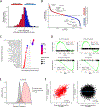
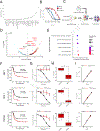

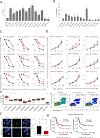
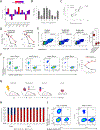
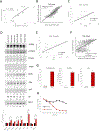

References
-
- Benekli M (2002). Constitutive activity of signal transducer and activator of transcription 3 protein in acute myeloid leukemia blasts is associated with short disease-free survival. Blood 99, 252-257. - PubMed
Publication types
MeSH terms
Substances
Grants and funding
LinkOut - more resources
Full Text Sources
Other Literature Sources
Research Materials
Miscellaneous

